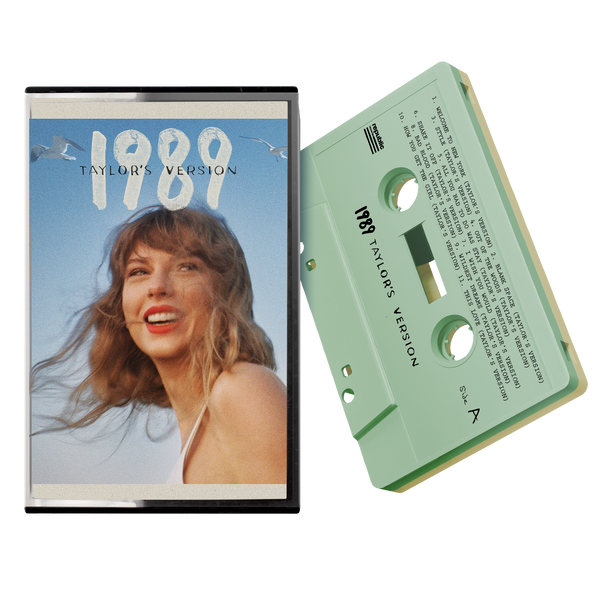On May 13, 2025, Sotheby’s sold a 1904 Frank Lloyd Wright double-pedestal lamp—designed for the Susan Lawrence Dana House—for an astonishing $7.5 million, shattering Wright’s previous record of $2.9 million from 2023. Bidding raged for nearly 11 minutes before an anonymous buyer secured the piece.
Why It Matters
-
Design as investment asset: This sale cements modern design objects as legitimate collectibles, rivaling paintings, sculptures, and fine art antiquetrader.com+2architecturaldigest.com+2yahoo.com+2.
-
Collector appetite: Major auction houses are increasingly spotlighting design pieces with stellar provenance—highlighting their cultivated tastes and long-term vision .
-
Portfolio diversification: Blue-chip collectors are recognizing that design objects—especially rare, limited-edition pieces—can offer comparable ROI to fine art, with lower volatility and higher utility.
Market Trends & Implications
-
Decorative arts are heating up
Pieces like this lamp are rising in prominence. Sotheby’s has documented increased interest in rare Furnishings and objects, with Wright’s lamp fetching triple its 2002 auction price. -
Democratizing collector behavior
According to The Times, high-end art markets may be softening, but interest in female surrealists, design pieces, and emotionally resonant works is growing—illustrating pent-up demand for relatable and tangible assets thetimes.co.uk. -
Smart collectors seek substance
In a volatile economic and geopolitical climate, art and design securities are valued not only for aesthetic merit but also as physical assets with inherent utility and craftsmanship.
What It Means for Camp Fluff and Collectors
-
Collectors Circle relevance: Emerging collectors can now enter the art-investment arena by supporting design-forward artists, gaining early access to pieces that may appreciate in both cultural and monetary value.
-
Art as experience + asset: Design isn’t static—it’s functional and rooted in story. A lamp like this transports collectors into a particular moment, aligning with Camp Fluff’s emphasis on narrative-driven, experiential art.
-
Portfolio flexibility: Whether it’s object-based art or collectible design, diversifying across mediums—paintings, sculptures, limited-run lighting—can soften market swings while enhancing aesthetic depth.



